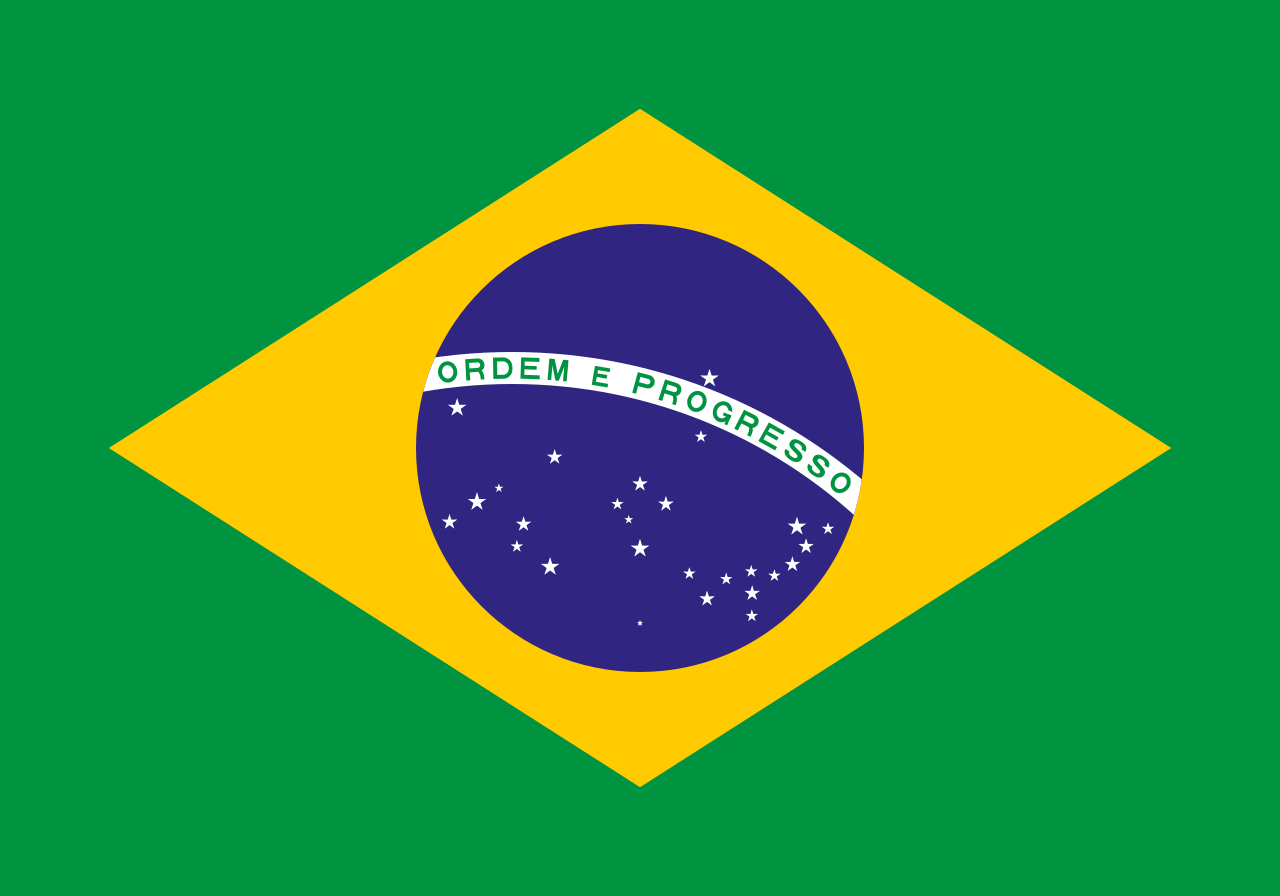 |
| (NASA image: Southern Cross) |
Australia's Flag
.svg/2000px-Flag_of_Australia_(converted).svg.png)
Australia is one of four Southern Cross nations to include all 5 stars, but the nation portrays Epsilon Crucis in a peculiar way. It is smaller and only has five points compared to seven points of the other stars. At least one earlier version of the Australian flag depicted each star with a different number of points - starting with Epsilon Crucis at five points and ending with a 9-pointed star. The other four stars were eventually changed to uniform, seven-point stars; which likely serve the same purpose as the seven point star in the flag's bottom left corner. Six points represent the original Australian states and one point represents territory and future states. So why was Epsilon Crucis left with only five points? It seems the reason is to denote the dimness of the star. After looking at New Zealand's flag, maybe the star should just be happy to be on the flag at all.
The Flags of Papua New Guinea and Samoa
Both flags contain all five stars and each are represented by five-point stars. Papua New Guinea represents a more elongated version of the constellation (similar to Australia and New Zealand), while Samoa's version features a tighter configuration.
Brazil's Flag and

Obviously Brazil's flag shows many more stars than the other Southern Cross flags. Each star or constellation on the flag represents a state or district. Like the United States, every time Brazil has added new states, it has added more stars to its flag. How does Brazil choose the placement of these stars and constellations? Fascinatingly, each of the celestial bodies appear as they did on the morning of November 15, 1889 - the date Brazil deposed Dom Pedro II and declared itself a Republic.
 |
Epsilon Crucis appears to be on the wrong side. It isn't. The perspective of the flag is different. Unlike the other Southern Cross flags, which show the constellation as it appears to people gazing into the night sky, Brazil's flag shows the stars as a celestial globe surrounding Earth. In other words, it shows them from the viewpoint of someone beyond the stars; looking down on Earth. Presenting stars as part of a celestial globe was common practice, but in the predominately Catholic country, it would easy to assume the religious symbolism in having a "God's eye view" of Brazil brandished on the flag.
So what do you think? Which of the Southern Cross flags is most interesting to you? Know any other interesting facts about these flags or about the Southern Cross? Please discuss in the comments below.
Thanks for reading!


Really good info! I was wondering why the Southern Cross on Brazil's flag looked mirrored compared to Australia's and now I know why!
ReplyDeleteWhy does the epsilon star on the Australian flag have 5 points compared to the other 7-pointed stars? and what is the meaning of the white color of the stars?
ReplyDelete